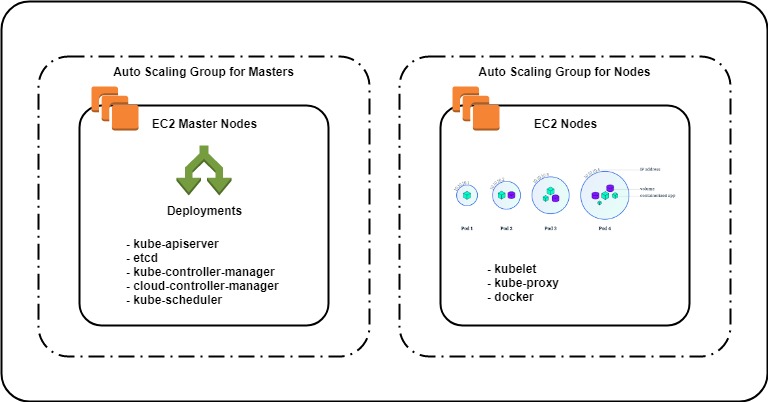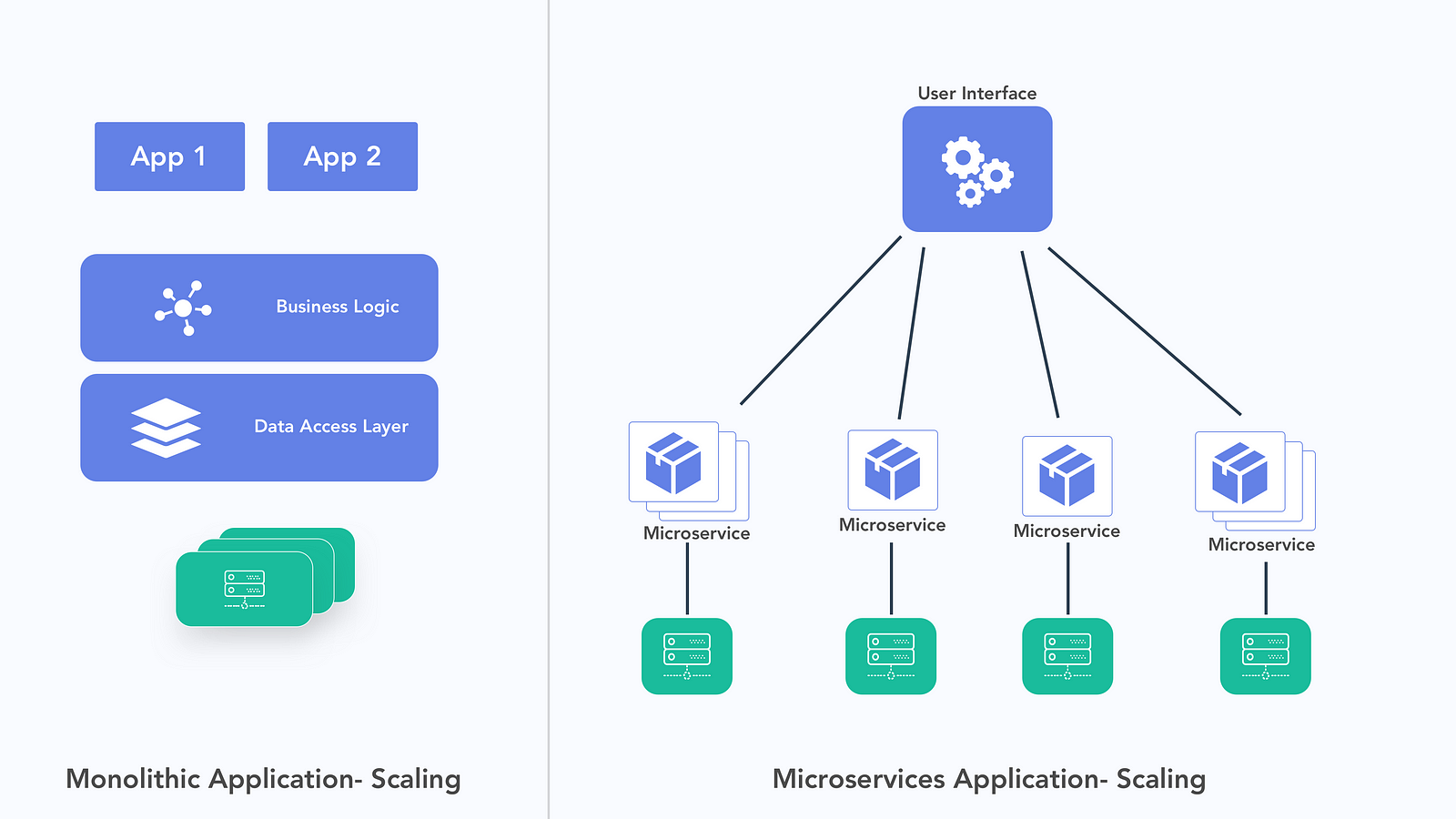

My experience shows that managing the virtual machines for a dynamic container workload requires a lot of effort. For example, a t3.medium instance provides 2 CPUs with 4 GiB of memory and costs around USD 30 USD per month. You are only paying for the underlying infrastructure.
#DOCKER ON KUBERNETES IN AWS FREE#
But you are still responsible for these virtual machines they are not fully-managed by AWS.Įlastic Beanstalk is a proprietary but free of charge solution offered by AWS. Important to note: Elastic Beanstalk creates EC2 instances automatically. This environment deploys a single Docker container to one or multiple EC2 instances.Įlastic Beanstalk is not only deploying your application it is also creating the needed infrastructure consisting of a database, a load balancer, and EC2 instances. One of them is called Single Container Docker. There are a bunch of environments to deploy your web application with Elastic Beanstalk. Nevertheless, Elastic Beanstalk is very easy to use. Some say Elastic Beanstalk is the PaaS (Platform-as-a-Service) offering from AWS.

Elastic BeanstalkĪnother option to run Docker containers on AWS is Elastic Beanstalk. ECS: orchestrating containers on AWS for more details). For example, the way EKS integrates with the VPC comes with a few unexpected limitations (see EKS vs.

You should not underestimate the complexity of operating EKS and EC2. A t3.medium instance provides 2 CPUs with 4 GiB of memory and costs around USD 30 USD per month. Besides, you are paying for the EC2 instances powering your containers. For example, a built-in service discovery allows containers to talk to each other easily by using a local proxy.ĮKS is about USD 144 per month for the master layer. Kubernetes is designed for microservice architectures. The resulting disadvantage is that Kubernetes is not that well integrated with the AWS infrastructure. The main selling point for K8s: it is open-source and runs on AWS, Azure, Google Cloud, on-premises, or even on your local machine. On top of that, you are responsible for managing a fleet of EC2 instances used to run the containers. The master layer is responsible for storing the state of the container cluster and deciding on which machines new containers should be placed. AWS offers the K8s master layer as a service. In summary, K8s is an open-source container orchestration solution. The 2nd option to run Docker containers on AWS is Kubernetes (K8s).



 0 kommentar(er)
0 kommentar(er)
